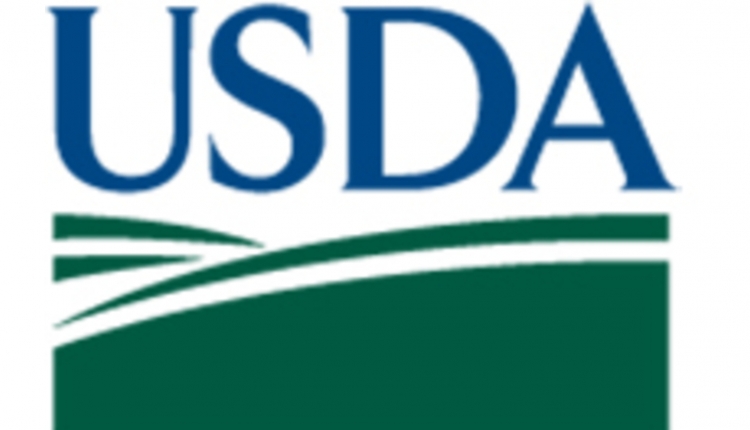
Dairy industry leaders from across the country are in Washington this week to urge Congressional leaders and appropriators to fund important research, a SNAP milk incentive pilot program, and dairy standards modernization at the Food and Drug Administration (FDA) in fiscal year (FY) 2021. The executives are participating in an International Dairy Foods Association (IDFA) legislative fly-in focused on the federal appropriations process, which began this month.
“As congressional appropriators deliberate funding priorities for next year, it’s important they hear from the dairy industry,” said Michael Dykes, D.V.M., president and CEO of IDFA. “IDFA’s fly-ins have had a significant effect. Just last year, our appropriations fly-in helped secure funding for the SNAP milk incentive program, a new program created in the 2018 Farm Bill to empower families in need to make nutritious choices. We hope to build on that momentum this year.”
The group will spend the next couple of days on Capitol Hill urging lawmakers to increase funding for the SNAP milk incentive program, continue important research and collaboration on ice cream food waste solutions, and fund the FDA office responsible for modernizing dairy’s 97 standards of identity. They will also meet with senior administration officials to discuss shortages in the domestic sugar supply.
Dairy executives participating in the fly-in include:
- Jay Bryant, CEO, Maryland and Virginia Milk Producers Cooperative, Inc.
- Ricky Dickson, President & CEO, Blue Bell Creameries, L.P.
- Rich Draper, CEO, The Ice Cream Club
- Heather Draper, Director, The Ice Cream Club
- Jeff Kaneb, Executive Vice President, HP Hood LLC
- Chris Olsen, Vice President, Community and Government Affairs, Tate & Lyle Ingredients Americas L.L.C.
- Stan Ryan, President & CEO, Darigold, Inc.
Access to More Milk
The SNAP milk incentive program, formally titled the Healthy Fluid Milk Incentives Projects program, was authorized in the 2018 Farm Bill. The program allows SNAP beneficiaries to purchase more milk with SNAP benefits, helping low-income individuals meet the Dietary Guidelines for Americans nutrition recommendations of three servings of dairy per day. Congress provided $1 million in FY2020 appropriations to get the program off the ground, but additional funding will allow for a greater geographic diversity of projects and the testing of various milk incentive delivery mechanisms, improving the pilot’s ability to test this incentive concept.
Finding Solutions to Waste
Over the past two appropriations cycles, Congress has provided $3 million in funding for USDA’s Agricultural Research Service (ARS) to find an industry-wide solution to ice cream waste – a multi-million dollar food waste issue. IDFA in July convened ice cream manufacturers and researchers at its Washington, D.C., office to kick off a collaboration that will better inform ARS researchers as to the unique challenges faced by the industry. As the research gets underway, Congress can help ensure its long-term success through additional, annual appropriations.
Reducing Limitations to Innovation
Dairy products represent a third of the 280 federal food standards of identity, and these standards are significantly outdated. They stand in the way of companies exploring new technologies, ingredients, and innovative processes for dairy foods that respond directly to consumer demand. The FDA office responsible for modernizing dairy’s 97 standards of identity is chronically underfunded, and although FDA received increased funding to speed their work in FY2020, additional funding is needed.
The International Dairy Foods Association (IDFA), Washington, D.C., represents the nation’s dairy manufacturing and marketing industry, which supports more than 3 million jobs that generate $159 billion in wages and $620 billion in overall economic impact. IDFA’s diverse membership ranges from multinational organizations to single-plant companies, from dairy companies and cooperatives to food retailers and suppliers, all on the cutting edge of innovation and sustainable business practices. Together, they represent 90 percent of the milk, cheese, ice cream, yogurt and cultured products, and dairy ingredients produced and marketed in the United States and sold throughout the world. Delicious, safe and nutritious, dairy foods offer unparalleled health and consumer benefits to people of all ages.


